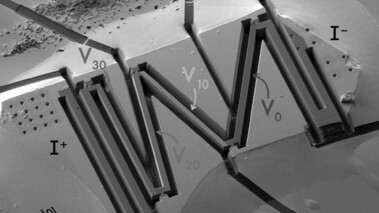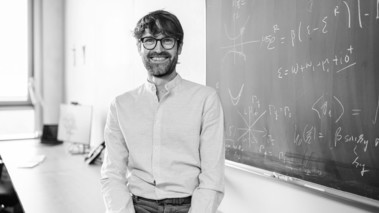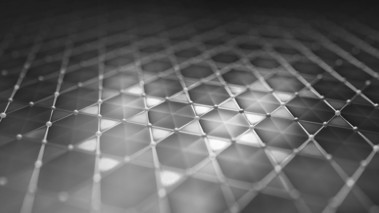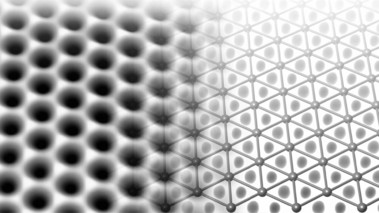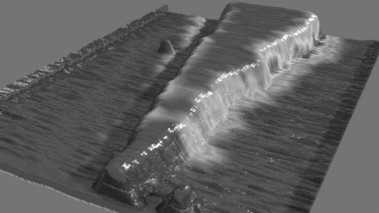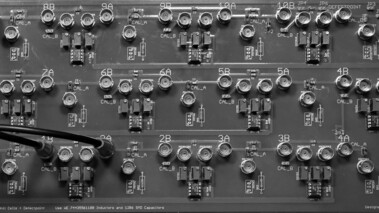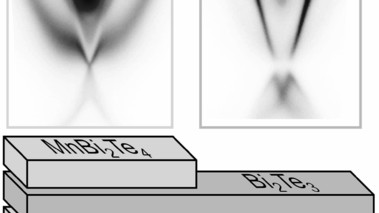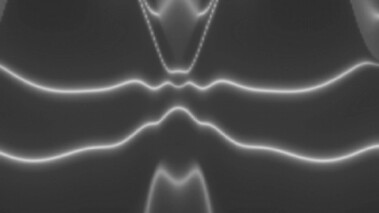News
-
![Elena Hassinger sitzt im Freien und lächelt in die Kamera, professionelles Porträtfoto für Pressezwecke.]()
04 Nov 2022
New quantum professor in Dresden: With record low temperatures into the hotspot of solid state physics
more
-
![Visualisierung einer FRG-Materialstruktur mit VO-Gitter und chemischen Elementen.]()
09 May 2022
A ‘fast lane’ for electrons
more
-
![20220310-Heinzmaierleibnitzpreis-Fototobiasritz]()
10 Mar 2022
Dresden physicist belongs to the best early career scientists in Germany
more
-
![Kagome-Metalle0003-Urheberjo-Rgbandmann-1920x1080]()
11 Feb 2022
Electron conspiracy in a Japanese lattice pattern: Kagome metals baffle science
more
-
![Freundliches Porträtfoto von Claudia Felser, aufgenommen in heller Umgebung, mit direktem Blick in die Kamera.]()
06 Dec 2021
Claudia Felser receives Max Born Prize
more
-
![Dreieckigehonigwaben-Abbildungctqmat]()
14 Sept 2021
Triangular Honeycombs: Physicists design novel quantum material
more
-
![Bauanleitungfuerquantenmaterialien-1920x1080]()
02 Jul 2021
"Construction manual" for quantum materials
more
-
![Nahaufnahme einer Platine mit elektrischen Schaltungen, Bauteilen und LEDs für topolektrische Forschung.]()
31 May 2021
Topolectrical circuits: A new direction of topological research is ready for take off
more
-
![Pressebild-Elektroneninderwarteschlange-Joergbandmann-1920x1080]()
28 May 2021
Electrons waiting for their turn: New model explains 3D quantum material
more
-
![Dieoberflaechemachts-Abbhendrikbentmann-1920x1080]()
17 May 2021
It's all about the surface
more
-
![20210121-Schwarzeloecheraushalbmetallen-Abbildungpixelwg-Joergbandmann-1920x1080]()
22 Jan 2021
1 million Euros for black holes made from semimetals
more
-
![Farbliche Darstellung einer elektronischen Bandstruktur mit Energieniveaus und Übergängen.]()
14 Jan 2021
Find a needle in the haystack: A new high-throughput method for magnetic quantum materials
more



